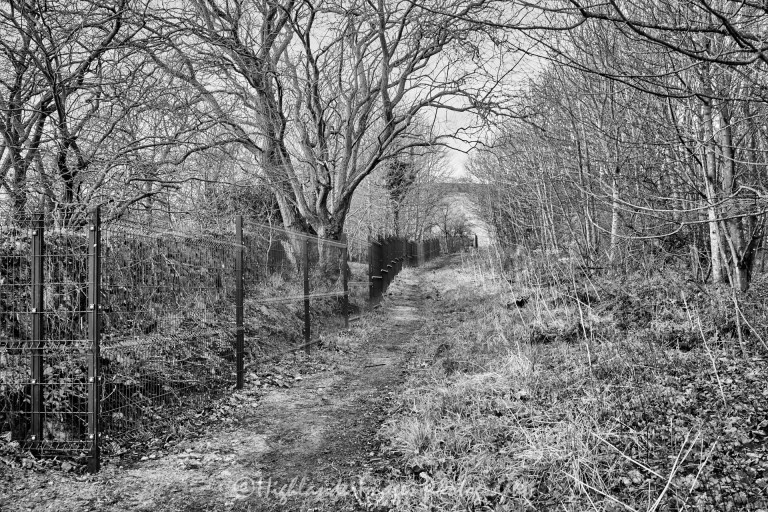Binnend Village is an abandoned industrial village located just north of Burntisland, Fife in Scotland on the slopes of The Binn hill. Established in the late 1880’s to house workers at the nearby shale extraction works.




The Burntisland Shale Oil Works operated at Binnend from 1878 to 1894. The village which was built in 1881 to house the employees had a much longer existence, for it was not until 1954 that the last inhabitant left.




Shale was extracted from mines and loaded into retorts to be heated for the extraction of oil. The shale works also had factories where oil and wax products were manufactured., including fertiliser, naphtha, lubricating oils, oils for burning and candles.




Binnend Village was comprised of two area, the High Binn and Low Binn. High Binn, also known as Upper Binn, was located at the old Binnend Farm above the Binnend Oil Works at the top of an escarpment. It’s two-bedroom stone buildings were arranged in twelve rows. Seven of these contained eight homes and five contained six homes. Low Binn, also known as Lower Binn, was found east of the Binnend Oil Works near the main road. Its single-storey two bedroom stone buildings had a floor area of around 405 square feet. Both rooms had a fire place and a window.




The village had two small shops, however most people travelled the short distance to Burntisland to get their necessities. In 1889 a small mission hall was opened to serve all denominations and it held weekly Sunday school for several years. The church also featured a steel bell weighing over 75 kg. Today there are no visible remains of the church.





After the oil works closed in 1892 the population of Binnend village declined and the land was sold to Whinnyhall Estate. The village was used briefly during the First World War and the houses used for Admiralty staff who worked at nearby Rosyth. Houses were also given to women who had lost their husbands during the war and also provided affordable housing for workers at the nearby aluminium works and shipyards. Its population declined again in the 1920s and 1930s. Most houses were used as holiday houses for people from other parts of Scotland.





Binnend village was closed in 1931 due to the fact it had no piped water, gas, electricity or sanitation. Some residents stayed on and in 1950 there were about 16 residents.
There are a number of walking paths which traverse up to the top of The Binn that can take you to the abandoned village. The easiest way is to park at the Burntisland Golf Club and there is a small path heading up the hill just to the east of the golf club which will take you up to the Binnend Village. There are only the ruins left of the High Binn, all traces of Low Binn are gone. The ruins of High Binn are covered in moss, ferns, rosebay willow-herb, brambles, and trees.
Passionate Photographer …. Lost in Asia
Stuart Taylor of HighlanderImages Photography has been making images for over 30 years and can offer a diverse range of photo imaging services with a focus on Asia and a documentary/photojournalistic style. These services include planning and executing a photo shoot on location but importantly all the post-processing and image preparation needed for the specific finished media format required by the customer. Stuart’s experience and knowledge in all of these aspects make HighlanderImages Photography a one-stop-shop for a comprehensive and professional image production service.
Stuart can be available for a variety individual assignments or projects and he specialises in areas such as photojournalism, commercial, architectural, real estate, industrial, interior design, corporate, urbex, adventure, wilderness, and travel photography.
Final image products can be delivered as high resolution images, prints, books, multimedia slideshows, videos, and DVDs. Images from this website can be purchased as prints in a variety of sizes and media, as gift items or as digital downloads.
E-Mail : staylor@highlanderimages.com


Loved the entirety of this post. The information was well said and the black and white photos tie it all together. Really well done!
Many thanks for the positive vibes